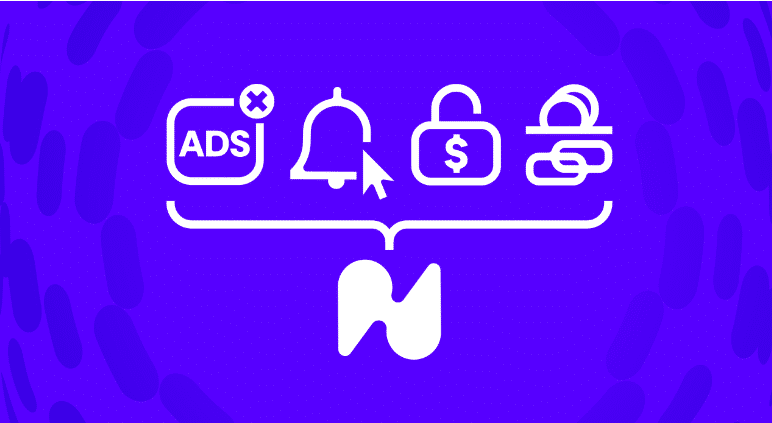
Advertising remains the most prevalent method for monetizing websites. This approach involves displaying advertisements, generating revenue based on the number of clicks or impressions.
Examples: Popular ad networks include Google AdSense and Media.net, which help place ads on websites.
Pros:
Widespread Availability: Nearly any website can implement some form of advertising.
Passive Income: Once ads are set up, they can generate a continuous stream of revenue with minimal effort from the site owner.
Cons:
User Experience Impact: Ads can negatively affect the user experience, potentially driving visitors away.
Revenue Variability: Earnings can vary based on factors like traffic volume, geographical location, and the evolving landscape of ad-blocking technology.
How Hydro Online Fits: Unlike traditional ad networks, Hydro Online provides seamless integration that does not disrupt the user experience with visual ads. This platform can serve as a supplementary revenue stream or a complete replacement for traditional ads by monetizing user engagement and time spent on the site, leading to more consistent revenue.
Subscriptions: Consistent Revenue Through Gated Content
What it is: Subscriptions involve charging users a recurring fee to access content or services.
Examples: Online news outlets and specialized content creators, such as The New York Times and Patreon, often use subscription models.
Pros:
Stable Income: Subscriptions provide a reliable and consistent revenue stream.
Loyal Audience: Paying subscribers tend to be more engaged and invested in the content.
Cons:
Access Barrier: Paywalls can deter potential readers or users who are unwilling or unable to pay.
Content Overload: With numerous subscription options available, users may experience fatigue and limit their commitments.
How Hydro Online Fits: Hydro Online can be integrated with subscription models to offer a hybrid approach. Publishers can monetize shorter visits or less engaged users through Hydro Online while reserving premium content for subscribers, maximizing revenue from various user segments.
Paywalls: Premium Content for Paying Users
What it is: Paywalls restrict access to content, allowing only paying users to view specific articles or resources.
Examples: The Wall Street Journal and Harvard Business Review are well-known for their strict paywall policies.
Pros:
High Revenue Potential: Premium content can command higher prices.
Quality Emphasis: Focusing on paying customers can result in higher quality and more exclusive content.
Cons:
Reduced Reach: Paywalls significantly limit the potential audience for content.
Content Value Dependency: The success of a paywall depends heavily on the perceived value of the content behind it.
How Hydro Online Fits: For websites using paywalls, Hydro Online can provide an alternative or complementary revenue model. By monetizing initial engagement on free articles or teaser content, Hydro Online can boost overall earnings without compromising the premium offering.
Other Monetization Methods: Donations and Affiliate Marketing
What it is: Beyond ads, subscriptions, and paywalls, other models include donations—encouraged by platforms like Ko-fi or Patreon—and affiliate marketing, where publishers earn commissions by promoting products or services.
Pros:
Versatility: These models offer additional revenue streams that can be customized to different types of content and audiences.
Community Engagement: Both methods can enhance the relationship between publishers and their audiences.
Cons:
Unpredictability: Donations and affiliate earnings can be highly variable and unreliable for consistent income.
High Effort: Both methods require significant effort to promote and maintain.
How Hydro Online Fits: Hydro Online’s model of monetizing user engagement can seamlessly integrate with these methods, providing publishers with a steady income from regular content interaction, complementing the less predictable nature of donations and affiliate links.